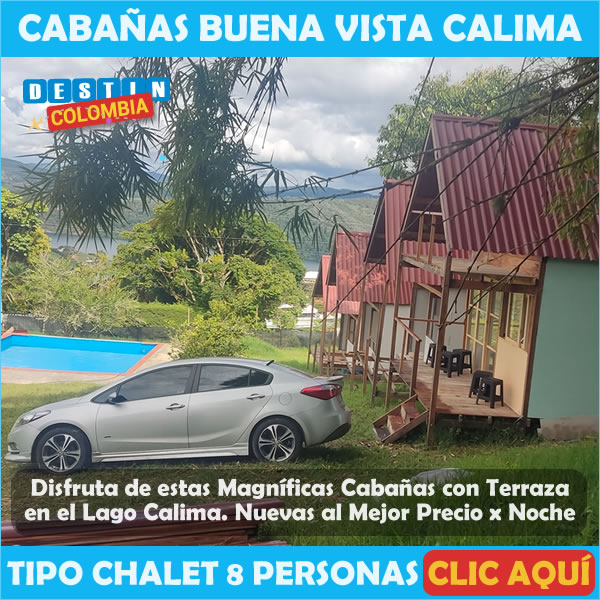Those who study Spanish usually do so for a number of reasons. Some students study Spanish for university, to improve their marks, to increase the chance of graduating with a high grade, to prepare a dissertation on a theme related to Spain or to pass exams such as the DELE, a certificate in Spanish as a foreign language. As well as these, others come to Instituto Hemingway for professional reasons. These include improving their CV to increase their chances of finding a job, broaden their qualifications to be able to work with Spanish clients, improve their abilities as a Spanish teacher amongst many others. Finally there are those who love Spain as a country, who are fascinated by its language, culture and way of life. Amongst these are those who wish to learn Spanish in order to work and learn in Cervantes’s country.
Daniela, a Swiss girl who studied at Instituto Hemingway in August 2008, belongs to yet another category. She had never studied Spanish, neither did she need it for her professional career; neither did she have any intention of living in Spain. So, why learn Spanish? The reason was that Daniela had decided to undertake the ´Camino de Santiago´ and wished to gain as much from the experience as possible. During these long journeys on foot, Daniela wanted to be able to understand the Spanish people she met in the towns she visited and the hostels she stayed in. She wanted to be able to communicate with them, to thank them for their hospitality and help, and to tell them how happy she was to be experiencing their country.
Designated a world heritage in 1993 by UNESCO and declared the first European Cultural Route by the Council of Europe.
The network of routes to the City of Santiago de Compostela is walked by thousands of pilgrims and hikers each year. The most used routes are those with many youth hostels and historic monuments, both religious and secular. The first is north route, also known as the Cantabrian route, which crosses the Basque Country, Cantabria, Asturias and finally Galicia. The second is the French route, which begins in the Pyrenees and then travels through the regions of Navarre, Rioja, Castile and Leon to enter Galicia and then arrive in Santiago. The French route is the best known and the best maintained. On reaching their destination, the pilgrims, who have spent the last 100km walking or 200km cycling, receive «La Compostela» which is a document that acknowledges their completion of the journey. There are two types of Compostela, one for those who have undertaken the journey for religious reasons (under pietatis causa) and another for those who have not.
Daniela really appreciated the individual classes that Instituto Hemingway offers. The lessons focused on everything it was important for her to know: introducing oneself, asking directions, familiarising oneself with useful vocabulary and the names of local foods etc. In just one week, she had made great progress and she felt a lot more prepared to undertake the Camino de Santiago. As well as this she had had the opportunity to read the books and guides that the Institute possesses about the journey.
 educaya.org Temás de Educación, Virtual, Postgrados, Maestrías, Carreras técnicas, Colegiós y demás
educaya.org Temás de Educación, Virtual, Postgrados, Maestrías, Carreras técnicas, Colegiós y demás



